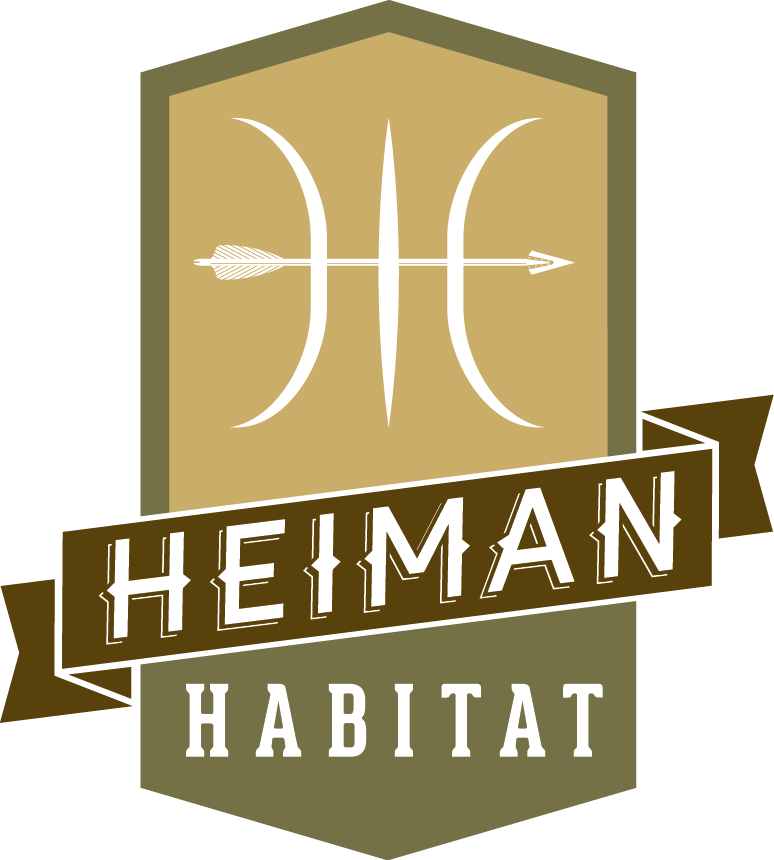There are numerous stories of people heading bush and dying of starvation within eyesight of Bush Tucker (Bush Tukka). We’re talking here about edible native plants, weeds, seeds and fungi.
Burke and Wills died on the banks of the Cooper Creek which is full of yabbies, cat-fish and golden Perch, among other aquatic plant and animal species. And let’s not forget the water fowl, bean tree and the nardoo (which probably caused their death because they prepared it improperly).
And stories of ‘starvation in a land of plenty’ are not unique to Australia’s early explorers. For example, 131 years later in 1992, twenty-four year old Chris McCandless, who was an American hiker, died in the Alaskan wilderness after living off the land for over five months. While he was in possession of a guidebook to edible plants, research conducted after his death has suggested that the plants he was eating – while edible for someone in good health – contained a protein that was toxic in McCandless’s weakened condition. The time he spent in the wild has been the subject of several interesting articles and movies.
While not many of us will ‘get off the grid’ for periods as long as McCandless, nevertheless – if we plan to travel into remote areas, we should plan for the worst case scenario. Just read the press and you’ll be aware that every day – someone somewhere – is reported as a missing person in the bush, outback or wilderness. So, knowing what food grows in our natural environment – and how to use it – could make all the difference to your health and safety if you find yourself in an emergency situation.
Now, there are heaps of great books out there on the topic. We like Ngunnawal Plant Use Guide, Wildfood in Australia, Australian Medicinal Plants, Uunguu Plants and Animals, Bush Tukka Guide, and Weed Foragers Handbook. These books, and others, fill the bookshelves of Heiman Habitat HQ.
But that’s the point, right? … They’re at home … on the shelf. Sure, we keep a few tucked in our camper and rig for when we go bush. But, when I’m faced with an unexpected stay in a remote corner of Australia due to a vehicle breakdown or other mishap, I’d prefer to be looking at my environment with pre-existing knowledge about the natural foodstuffs around me, including how to forage for them and how to use them. And real familiarity and experience is based on field-testing and usage. Not just book-reading.
So, Learn the leaf structure, the aromatics of the leaves and their sizes, the plants flower and fruits. Practise preparing them and learn to understand which ones have special needs to make them suitable for consumption – whether that’s blanching, milling, boiling or roasting in order to break down toxins.
Knowledge gained this way can be very handy when you go camping, hunting, fishing and bushwalking. And you don’t need to be faced with an emergency to enjoy Bush Tukka. Obtaining fresh native fruit and veggie from the bush boosts your stores and boosts your enjoyment.
Besides never underestimate the mental health benefits of gardening.It’s right-up there with screen free time and camping. Something we all need a little more of.
Watch here as our littlest crew member Scout gets to grips with the bush tucker in our backyard. Teach the young ones about native foods - you never know when you might be relying on them in a survival situation
Note: to share this post on your Facebook site, copy the url.

